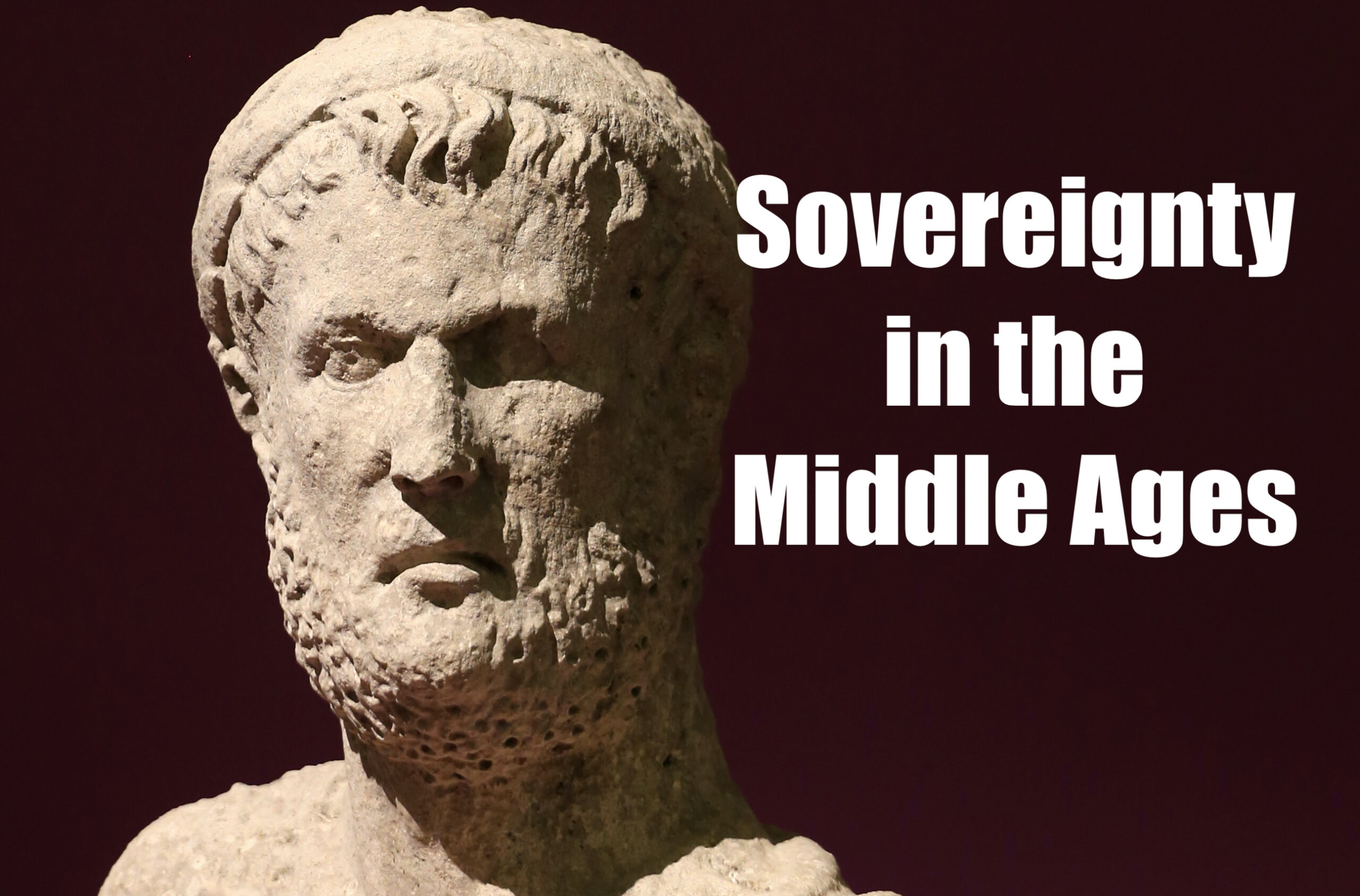
"The crystallization of the idea of sovereignty was a complex phenomenon that began not with Bodin or Hobbes in the 16th century, but with the re-introduction of Roman law to Latin Christendom."
"Classical Roman law held that the emperor enjoyed supreme imperium or potestas, stating that 'the prince [emperor] is not bound by the law.' This idea solidified notions of absolute authority."
"The canonists of the 12th century grafted Roman concepts of power onto ecclesiastical ideas, creating a notion of sovereignty, plenitudo potestatis, that defined the pope's supreme authority."
"Notably, under Hostiensis' influence, canonists articulated a unique ecclesiastical sovereignty, designating the pope's authority to legislate and judge within the context of the Church's universal governance."
The article explores the evolution of the concept of sovereignty, beginning with the re-introduction of Roman law to Latin Christendom around the late 11th century. It highlights how classical Roman law perceived the emperor as holding absolute power, a notion that laid the groundwork for modern sovereignty. Moreover, it discusses how 12th-century canonists merged these ideas with ecclesiastical power to develop a unique doctrine of plenitudo potestatis, reflecting the pope's supreme authority within the Church. This historical narrative is critical in understanding how state structures formed through military, fiscal, and judicial revolutions, leading to distinct state types, including empires and principalities.
Read at Medievalists.net
Unable to calculate read time
Collection
[
|
...
]